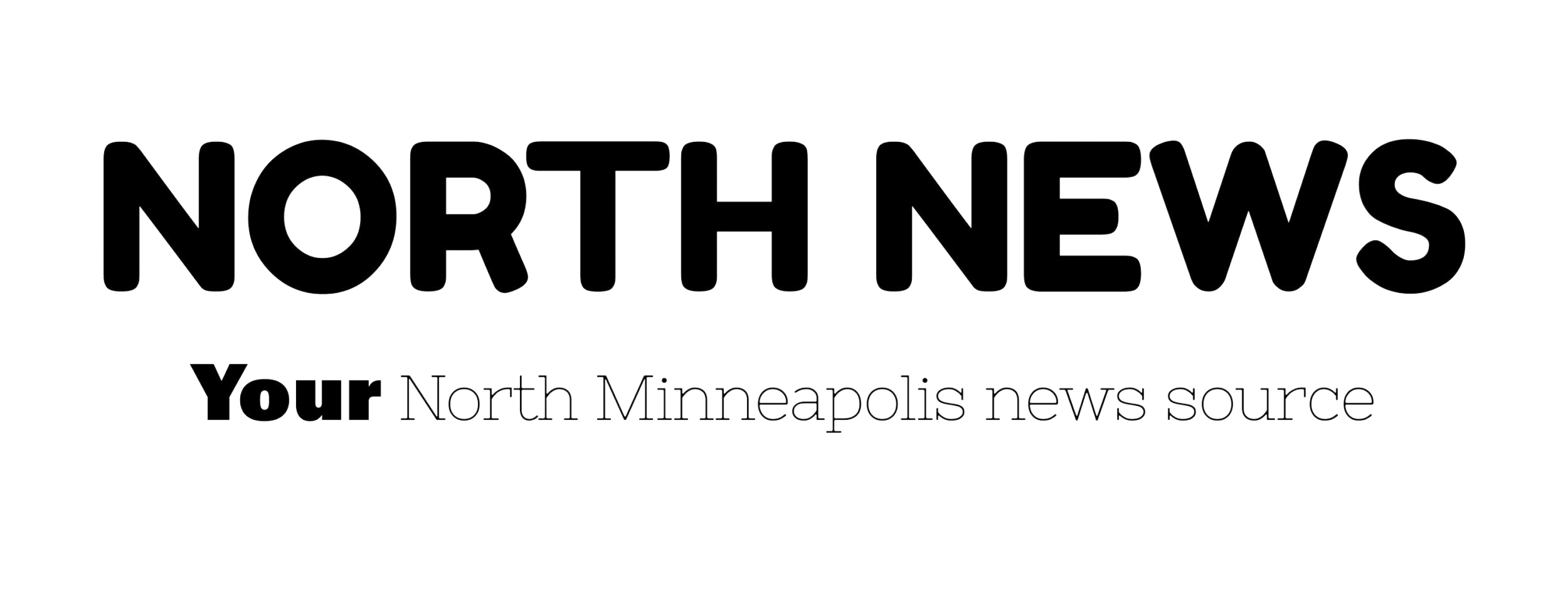Medicaid re-enrollment crisis could impact thousands of Northsiders
Charlotte Lavaictoire with her daughter Maple, 7, and son Rowan, 2, worries her family will miss the window to re-enroll in Medicaid. Photo by David Pierini
By David Pierini, Editor
North Minneapolis nonprofits and health care providers are scrambling to help clients and patients re-enroll in Medicaid after pandemic-era protections ended on July 1, putting thousands of residents in the Northside’s two zip codes at risk of losing coverage.
The state is trying to hire navigators at lightning speed to assist enrollees. The Minnesota Department of Human Services identified 55411 and 55412 and eight other at-risk counties to get the first wave of navigators.
But the effort, officials say, won’t be enough to prevent everyone from temporarily losing coverage.
Americans last enrolled in 2019. Eligibility reviews began going out by mail in July. State public health officials estimate as many as 30 percent live at a new address and won’t know they have to renew coverage.
“Most of our clients are highly mobile and do not live at the same address (as 2019)”, said Sandy Klein-Mirviss, director of developmental therapies at The Family Partnership. The Family Partnership currently has 167 open therapy cases right now and every single one is vulnerable under the current re-enrollment drive, she said.
“So what’s going to happen? People aren’t going to know about this and they’re not going to find out that they don’t have insurance until they are at the pharmacy to get their meds,” Klein-Mirviss said. “So, there’s going to be this big gap in care.”
Medicaid and MinnesotaCare clients could count on getting a request by mail to re-apply for their health insurance. COVID arrived on America’s shores in early 2020 and the rules were suspended during the height of the pandemic.
When an individual's re-enrollment notice goes out depends on the month they resubmitted their eligibility paperwork in 2019.
In Minnesota, 1.5 million people will need to re-enroll at some point during the next 12 months. In 55411, 12,374 residents are eligible for public coverage because they live 138 percent below the poverty level. In 55412, the number is 6,076, according to the State Health Access Data Assistance Center.
The data also shows 58 percent of the residents living in 55411 are on public insurance with 49 percent in 55412.
Health care centers and non- profits from NorthPoint Health and Wellness and theWashburn Center for Children, to the Northside Achievement Zone and The Family Partnership have been working to inform families and individuals and to be as proactive as possible by updating the information on their accounts.
“So what’s going to happen? People aren’t going to know about this and they’re not going to find out that they don’t have insurance until they are at the pharmacy to get their meds. So, there’s going to be this big gap in care”
NorthPoint is coming at the crisis from all angles, said Marissa Elliott, NorthPoint’s manager of outreach and health initiatives. The clinic’s check-in system includes alerts for patients who may be up for renewal of coverage. The hospital sends out text message reminders for people to update information in their account and outreach workers are going to churches, parks, libraries and community events with flyers on the urgency to renew.
But accessing the account online can be daunting especially if it has been three or four years since the last renewal. In many cases, people forget passwords and easily get frustrated with the online experience, Elliott said.
“It has been really hard on our staff,” She said. “Part of it is that they feel like they're working upstream, that even when they're catching people, they know that it's just gonna be an ongoing challenge.
“We’re still seeing people fall through the cracks and being proactive on that has been something we've been trying to be really strategic about. But it’s just really difficult to reach people when we don't have updated information. People are transient. A lot of information we have is not up to date. So just getting a hold of people is a huge barrier.”
Charlotte LaVaictoire worries what losing coverage temporarily could mean for her daughter Maple, 7, and son Rowan, 2, both of whom are on the autism spectrum.
Maple and Rowan receive speech,
physical and occupation therapy at The Family Partnership. Both of LaVaictoire’s children are late speakers, though Maple has recently progressed to the point she no longer needs speech therapy.
Getting these services at an early age were critical and given the household income would not have been possible without Medicaid and MinnesotaCare, she said. She also brings her children to a pediatrician that specializes in autism and the family attends therapy to help navigate transitions.
“I know other families are going to experience this and knowing that hurts my heart,” LaVaictoire said. “Both of our kids are late to talk and so speech therapy has been an enormous help and so not having that for a couple of months...”
Routines are critical and consistency must be maintained to keep children from regressing, Klein-Mirviss said.
“To have an interruption can really throw them into just a big state of dysregulation,” she said. “All of a sudden, everything is changing. Everything is just out of whack and there’s all this anxiety.”

